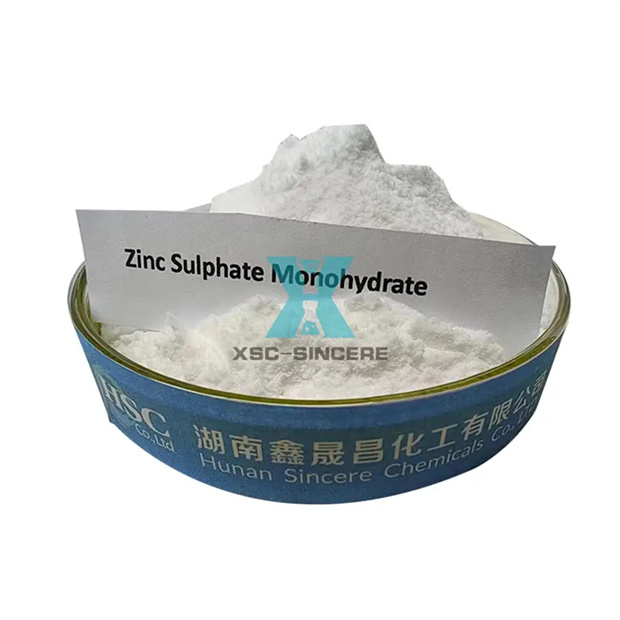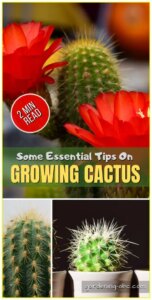Liquid fertilizers are a staple in the arsenal of gardeners and horticulturists alike, offering a convenient way to nourish plants swiftly. However, a common concern among users is whether these products have a shelf life and, if so, how long they last. This article delves into the longevity of liquid fertilizers, their expiration, and guidelines for replacement.
Understanding the chemical composition of liquid fertilizers provides insight into their shelf life. Generally, liquid fertilizers contain a mix of macro and micronutrients dissolved in water. Their stability depends on several factors, including the type of nutrients, pH levels, temperature, and exposure to light. Recognizing these elements can empower users to make informed choices regarding the use and preservation of these products.
Liquid fertilizers often communicate their potency through expiration dates, but the understanding of these dates can vary. Generally, many liquid fertilizers can last between one to three years when stored properly. However, being aware of specific signs of degradation can help assess whether your product has reached the end of its usable life.
Signs that liquid fertilizers are no longer effective include changes in color, sediment formation, or a foul odor. For instance, if a vibrant green fertilizer turns a murky brown or if you notice precipitates at the bottom of the container, it’s time to discard it. These changes indicate a breakdown of nutrients that may render the product ineffective or even harmful to your plants.
Equally important is the consideration of storage conditions. To prolong the effectiveness and longevity of liquid fertilizers, store them in a cool, dark place, away from direct sunlight and extreme temperatures. High temperatures can accelerate chemical reactions, leading to a faster breakdown of nutrients. On the other hand, freezing temperatures can cause separation and instability by altering the product’s composition.
The impact of the formulation on longevity is also noteworthy. Different types of liquid fertilizers, such as organic vs. synthetic, may have varying expiration timelines. Organic fertilizers, typically derived from animal manure or plant material, may carry a shorter shelf life due to the natural processes involved. Conversely, synthetic fertilizers often contain stabilized nutrients, allowing them to last longer under optimal storage conditions.
When considering the replacement of liquid fertilizers, it’s imperative to assess not only their age but also your gardening needs. The growth stages of plants require varying nutrient profiles; thus, regularly evaluating your fertilizer inventory based on the specific requirements of your plants can enhance their performance. For example, a high-nitrogen fertilizer might be appropriate for the vegetative stage, while a balanced or phosphorus-rich formulation is better during flowering.
To minimize wastage and ensure effective use, consider organizing your fertilizing schedule. Plan to utilize liquid fertilizers that are closer to their expiration dates first. Marking containers with purchase dates can help track their age, facilitating timely usage before their efficacy diminishes. Furthermore, keeping a calendar of fertilization schedules can align with the specific growth needs of your plants throughout the seasons.
Moreover, liquid fertilizers can often be combined with other gardening practices to enhance plant health. For instance, pairing fertilizer application with appropriate watering schedules can facilitate nutrient absorption. Over-fertilization can lead to nutrient burn or negative ecological impacts, so understanding the balance between liquid fertilizers and the watering regimen is crucial for successful cultivation.
During the application process, consider the dilution requirements of different formulations. Some liquid fertilizers may need to be mixed with water before application, while others are ready to use. Following manufacturer guidelines ensures that the application is effective without risking harm to your plants.
It’s also essential to consider the impact of soil conditions on fertilizer effectiveness. Soil pH, texture, and existing nutrient levels can influence how well your liquid fertilizers work. Regular soil testing can provide insights into the nutrient requirements of your plants, ensuring that you choose the right liquid fertilizers and apply them in appropriate quantities.
Finally, knowing when to replace liquid fertilizers is just as important as knowing how to store them. If a product has exceeded its shelf life or shows signs of degradation, it is prudent to dispose of it responsibly. Many local garden centers or agricultural supply stores offer disposal services for expired chemicals, ensuring that it does not end up polluting the environment.
In conclusion, liquid fertilizers do have expiration dates influenced by their chemical composition, storage conditions, and formulation type. Users should be vigilant in monitoring their liquid fertilizers—not only for visual cues of degradation but also in relation to their gardening needs. By organizing usage based on plant stages, creating a fertilization schedule, and understanding the root of nutrient requirements, gardeners can ensure that their plants receive optimum care. When in doubt, always err on the side of caution and replace any questionable products to maintain a healthy and thriving garden.





Leave a Comment